Because a 'good' (i.e. useful) transistor has high gain (beta; hFE), and can also withstand a reasonably high voltage on the collector, the E and C are doped differently.
For high gain, the emitter needs to be doped much higher than the base. This makes 'injection efficiency' (the fraction of current carried by (NPN) electrons from E to B vs. holes from B to E) high.
The base has to be doped 'appropriately' -- too low, and the unwanted series resistance in the base is too high, degrading performance; too high and recombination in the base limits beta.
The base also has to be thin to limit recombination and to increase curent (for a given base voltage...)
The collector doping dominates the collector-base breakdown voltage, and only slightly affects transistor gain. Therefore in most transistors, the collector is doped quite lightly -- but not too lightly, or unwanted series resistance appears in the collector.
It is possible to make devices with a heavily doped collector --but they would have max. operating voltage of only a few V.
The choice between all these tradeoffs, as well as the basic current-carrying capability of the transistor is part of the reason why there is a huge number of different models of transistors available.
Note that you can exchange emitter and collector, but for the reasons explain above, beta will be very low (often << 1); and the device breakdown voltage will be low (perhaps 6 V).
